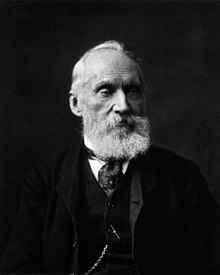• lord kelvin biography
• lord kelvin william thompson
• lord kelvin facts
• lord kelvin family
• lord kelvin inventions
• lord kelvin dad
• lord kelvin william thompson facts
• lord kelvin scale
• lord kelvin daddy
• lord kelvin discovery
Not Finding Your Answer?
Post It On KidzTalk Homework Help
Post It On KidzTalk Homework Help
Report a search problem
mobile version
Copyright 2005-2024 KidzSearch.com


